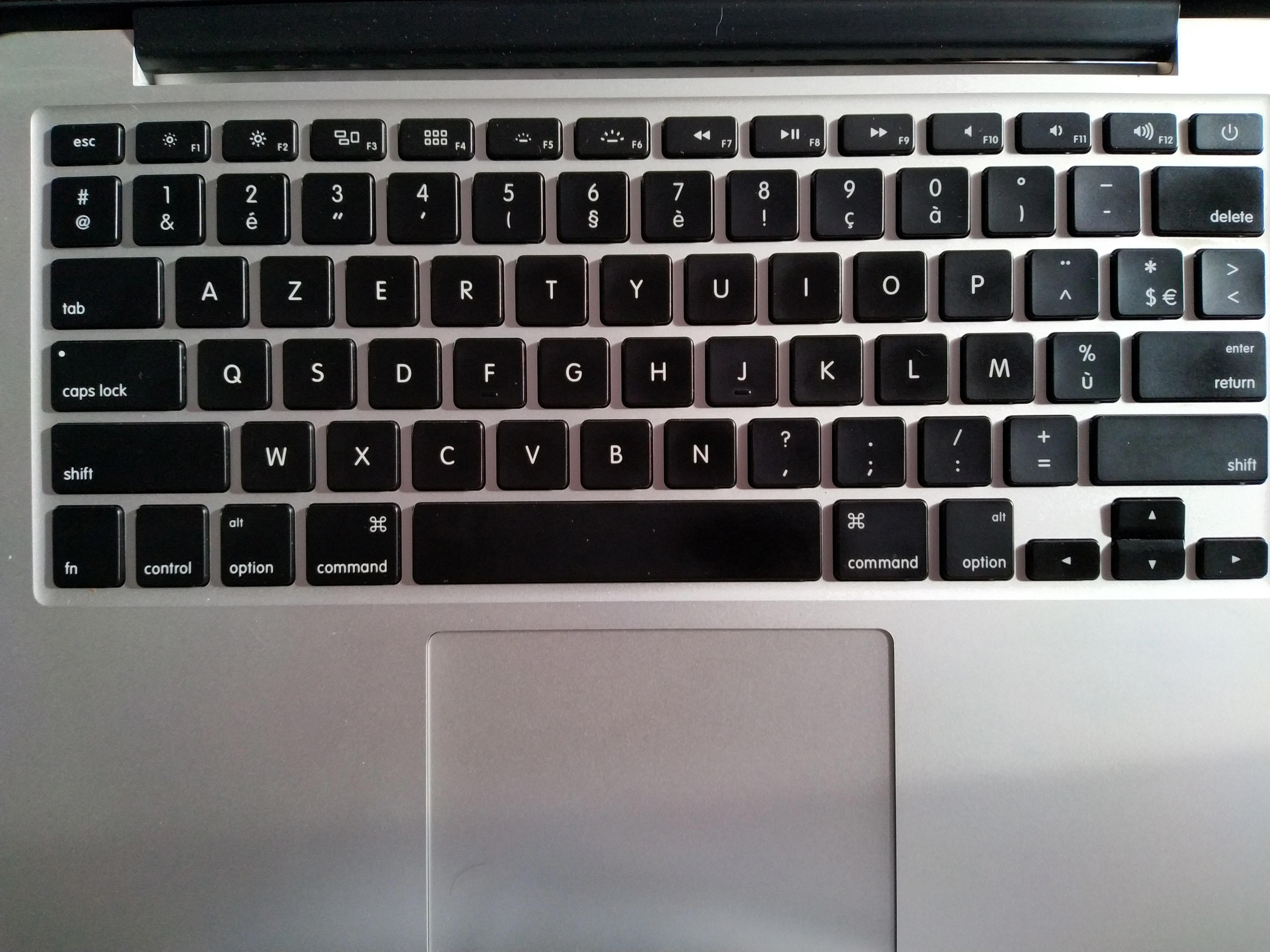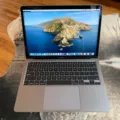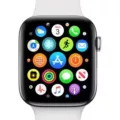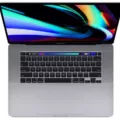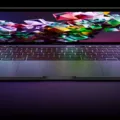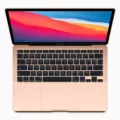If you’re looking to repair your Macbook Pro, the first step is to remove the screws. This can be a tricky job since Apple laptops have different types of screws that need to be removed in order to access the interior components of the laptop. In this blog post, we will provide you with all the information you need to know in order to safely and effectively remove screws from your Macbook Pro.
The most common type of screws used on Macbooks are pentalobe and T5 Torx screws. Pentalobe screws have a 5-point star-shaped head and are usually found on newer models of MacBook Pro. These require a precision P5 pentalobe screwdriver for removal. The T5 torx screw has a 6-point star-shaped head and is used on older models of MacBook Pro. For this type of screw, you’ll need a T5 Torx screwdriver.
In order to remove these screws from your Macbook Pro, you’ll first need to locate them. The pentalobe and T5 torx screws are located around the edges of the bottom case, as well as underneath any rubber or plastic covers located around these edges. Once you’ve located all of the necessary screws, you can begin unscrewing them with your chosen screwdriver(s). When doing so, make sure that you use minimal force and be careful not to strip or damage any of the screws while removing them.
Once all the necessary screws have been removed, it’s time to open up your Macbook Pro! To do this, carefully lift up each side of the bottom case until it comes away from the laptop frame (make sure that no wires or other parts get stuck in between). With that done, you can now access all of the internal components!
We hope that this blog post has helped provide some useful information about how to remove screws from your Macbook Pro safely and effectively! If you run into any issues while attempting this task or if there are any other repairs or maintenance tasks you would like us to cover in future blog posts please don’t hesitate to contact us!
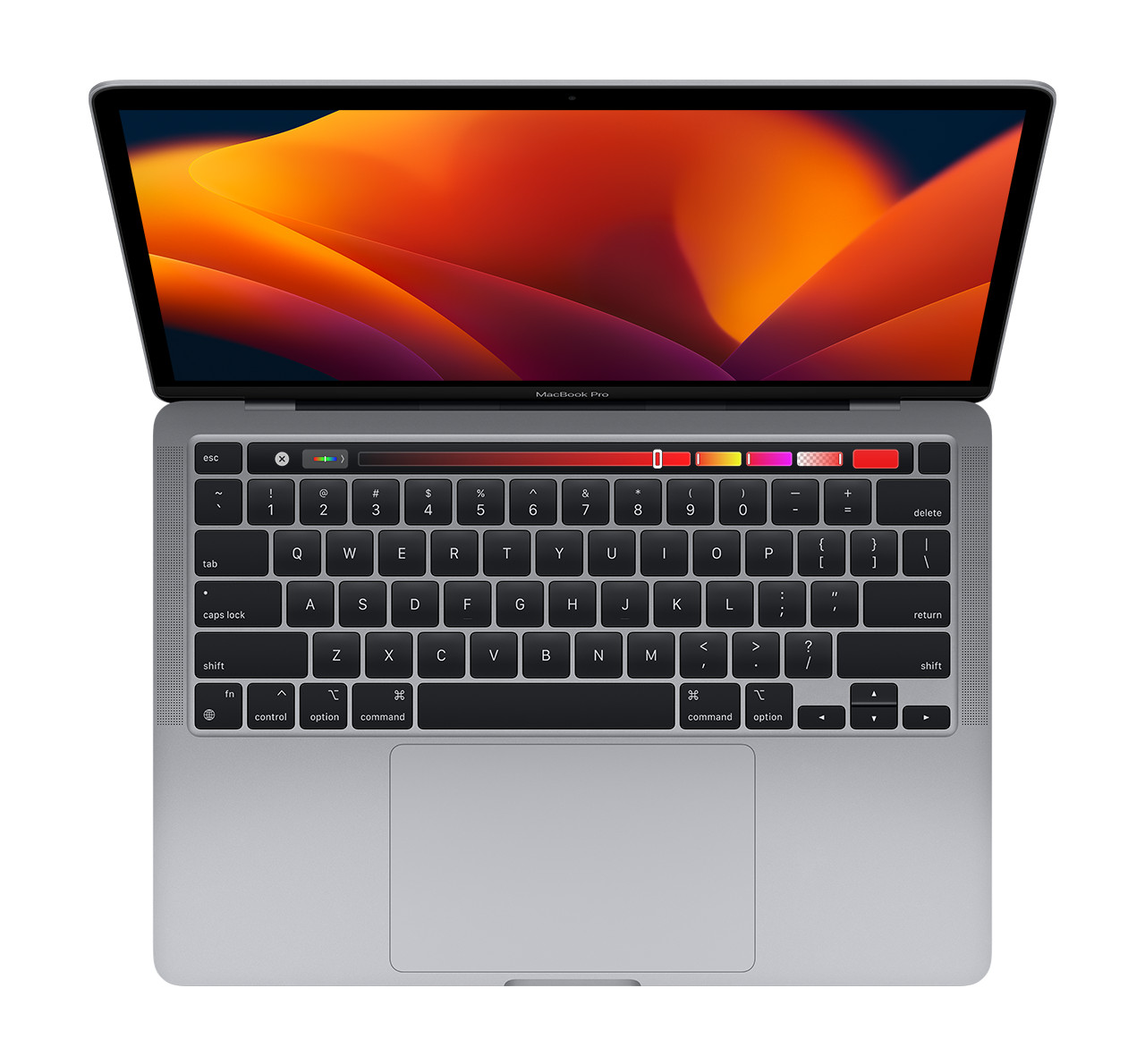
What Type of Screwdriver is Needed to Open a MacBook Pro?
The correct screwdriver for opening a MacBook Pro is a T6 Torx Screwdriver. This driver has a six-point star shape with a hole in the middle and is used to open the outer casing of the laptop. It can also be used to remove some internal components, such as the optical drive and hard drive. Be sure to use a precision T6 Torx Screwdriver to avoid damaging the laptop.
Unscrewing a Mac Without a Screwdriver
If you don’t have a screwdriver to unscrew your Mac, there are a few options you can try. You could use a coin or a flathead/butterfly key as an improvised screwdriver. Place the coin or key into the head of the screw and turn it counterclockwise to unscrew it. If you don’t have either of these, you could also use pliers, tweezers, a butter knife, or even two flat pieces of metal like old credit cards to pry the screws out. However, be careful not to damage the screw head by using too much force. Additionally, some Macs have special screws that require unique tools to remove them. If your Mac has these screws, you may need to purchase the appropriate tool in order to remove them.
Removing a Stripped Pentalobe Screw From a MacBook
Removing a stripped Pentalobe screw from a MacBook can be tricky without the right tools, but it can be done. Firstly, you will need a small pocket knife with a thin, flat blade and a flat-head screwdriver. If possible, try to use the tip of the small pocket knife to get under the head of the stripped screw and twist it to the left to loosen it. You may need to apply some pressure in order for this to work. If that doesn’t work, then use the flat-head screwdriver and place it on top of the head of the stripped screw and gently tap it with a hammer until it is loose enough for you to turn it with your hands or remove it completely. Be sure to use caution when doing this as you don’t want to damage any components around the screw.
Screw Size for MacBook Pro Back Panel
The screws on the back of a MacBook Pro are T5 Torx. To remove them, you will need a T5 Torx screwdriver. It is important to note that some models may have different sizes depending upon the specific year and model of the computer. Additionally, there may be other screws on the bottom case or around the edges that require different-sized Torx screwdrivers.
Screw Size for MacBook Pro
The screws used to secure the bottom case of a 13-inch or 15-inch MacBook Pro Retina laptop are 2.3 mm 5-point pentalobe screws and 3.0 mm 5-point pentalobe screws. These screws are slightly smaller than a standard Phillips head screw and require the use of a special pentalobe driver to remove them.
What Types of Screws Are Used in Macbooks?
Macbooks use a special type of screw known as a pentalobe security screw, also referred to by Apple as the pentalobe screw drive. This five-pointed tamper-resistant system is used to secure the case of Macbooks and other Apple products. Unlike traditional screws, the pentalobe security screw requires a unique tool in order to remove it. Without this specialized tool, it is nearly impossible to open up the case of a Macbook or other Apple product without damaging it.
Conclusion
In conclusion, the Macbook Pro is one of the most popular and powerful laptops available today. It is highly sought after due to its sleek design, powerful processor, and dependable performance. The Macbook Pro features a variety of ports, allowing for a range of connection options and compatibility with multiple devices. Additionally, the Macbook Pro comes with a variety of security features including encryption technology and advanced authentication capabilities. Finally, it is important to note that while repairing a Macbook Pro requires specialized tools such as precision P5 pentalobe screwdrivers and T5 torx screwdrivers, these tools are widely available and easily accessible.

